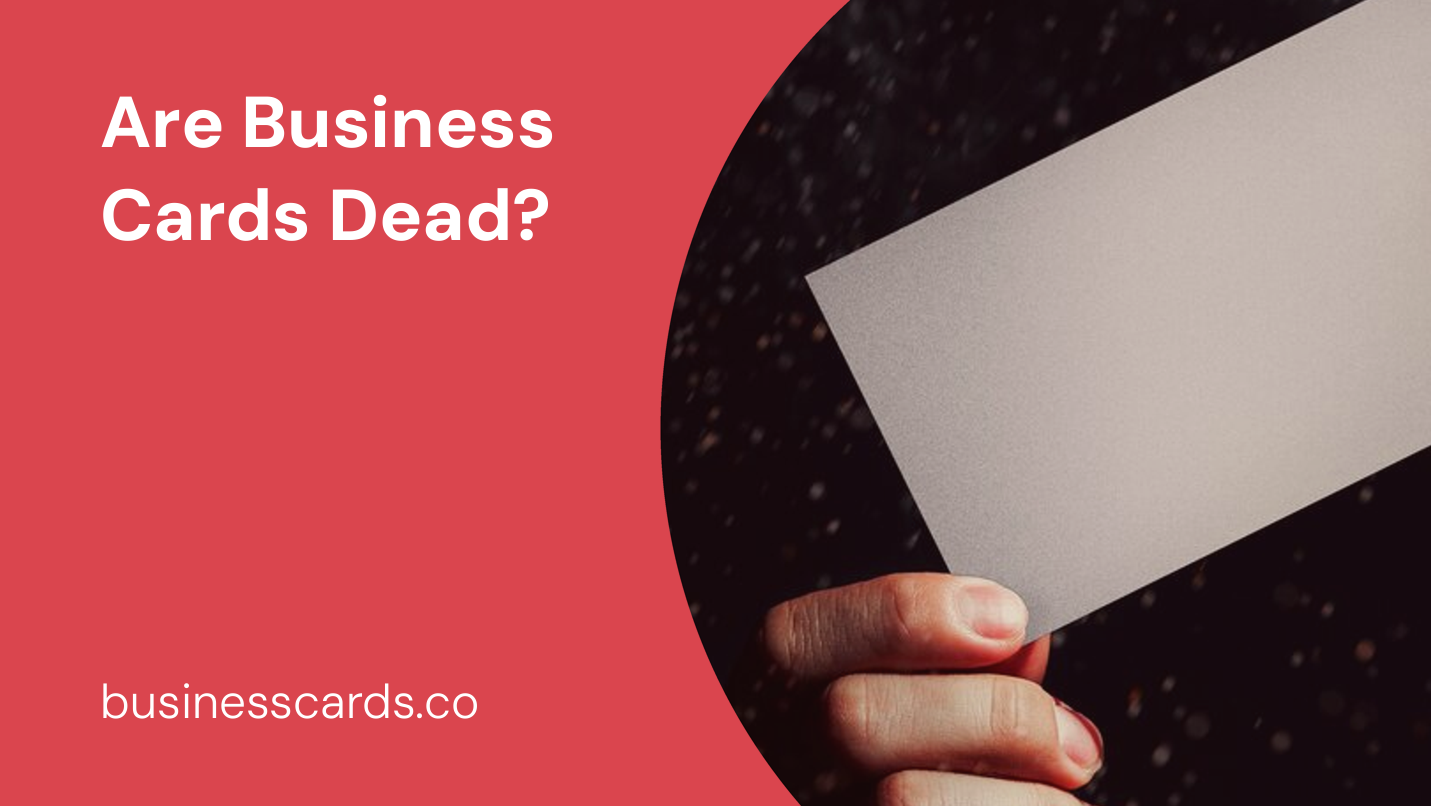
In the age of smartphones, social media, and digital communication, you might be wondering if the humble business card still holds any relevance. With the ability to connect instantly with people through platforms like LinkedIn and exchange contact information with a simple tap, it’s easy to write off business cards as outdated relics of a bygone era. However, before you dismiss business cards altogether, let’s take a closer look at their potential benefits and consider whether they are truly dead or simply evolving in the modern world.
The Tangible Impression
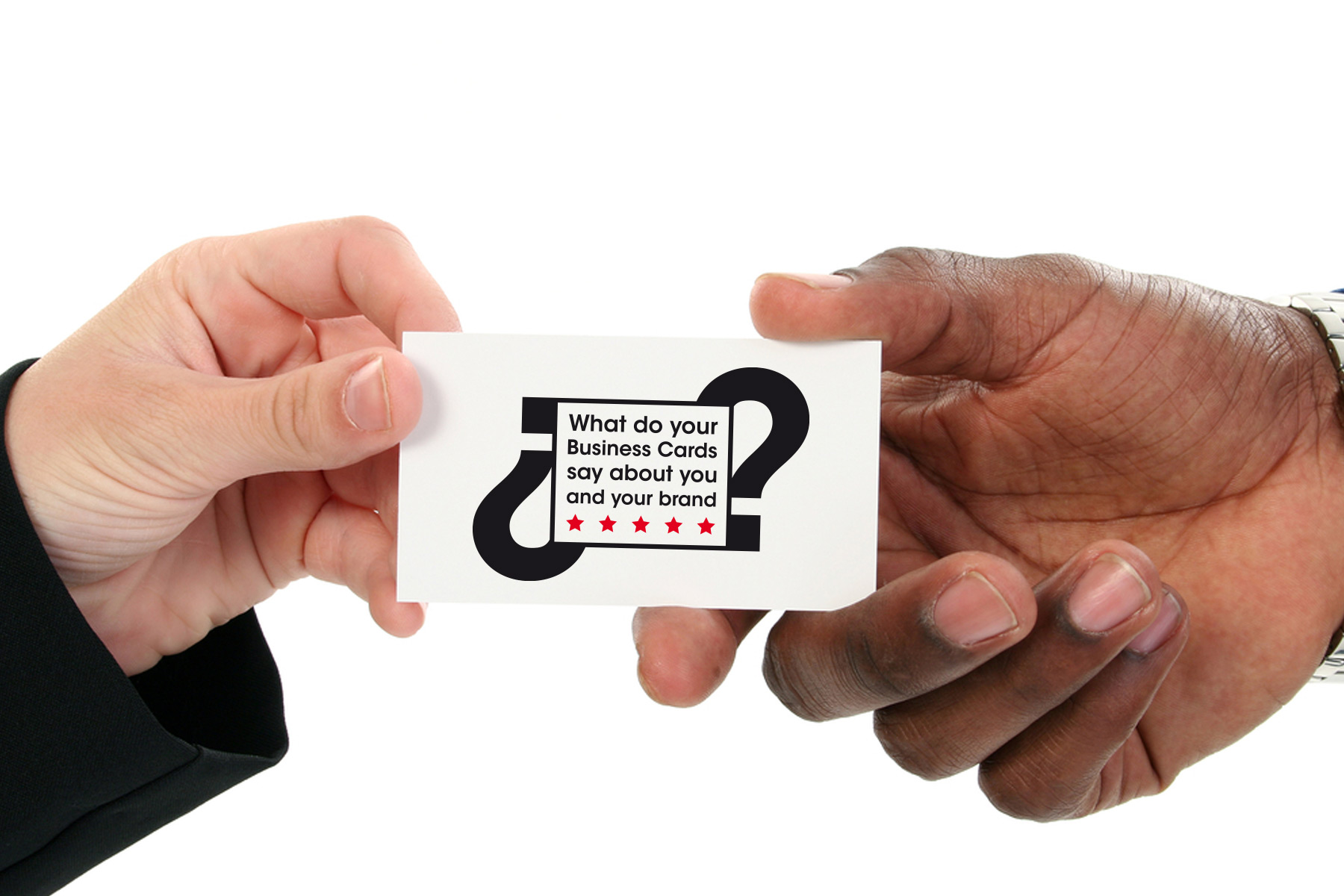
When you attend a business event or conference, you are likely to come across countless professionals from various industries. In this sea of faces, handing out a business card can help you leave a lasting impression. By physically exchanging information, you create a more personal connection compared to adding someone as a contact on your phone. There’s something about the tangible nature of a business card that adds a sense of professionalism and legitimacy to your interactions.
A Pocket-Sized Branding Opportunity
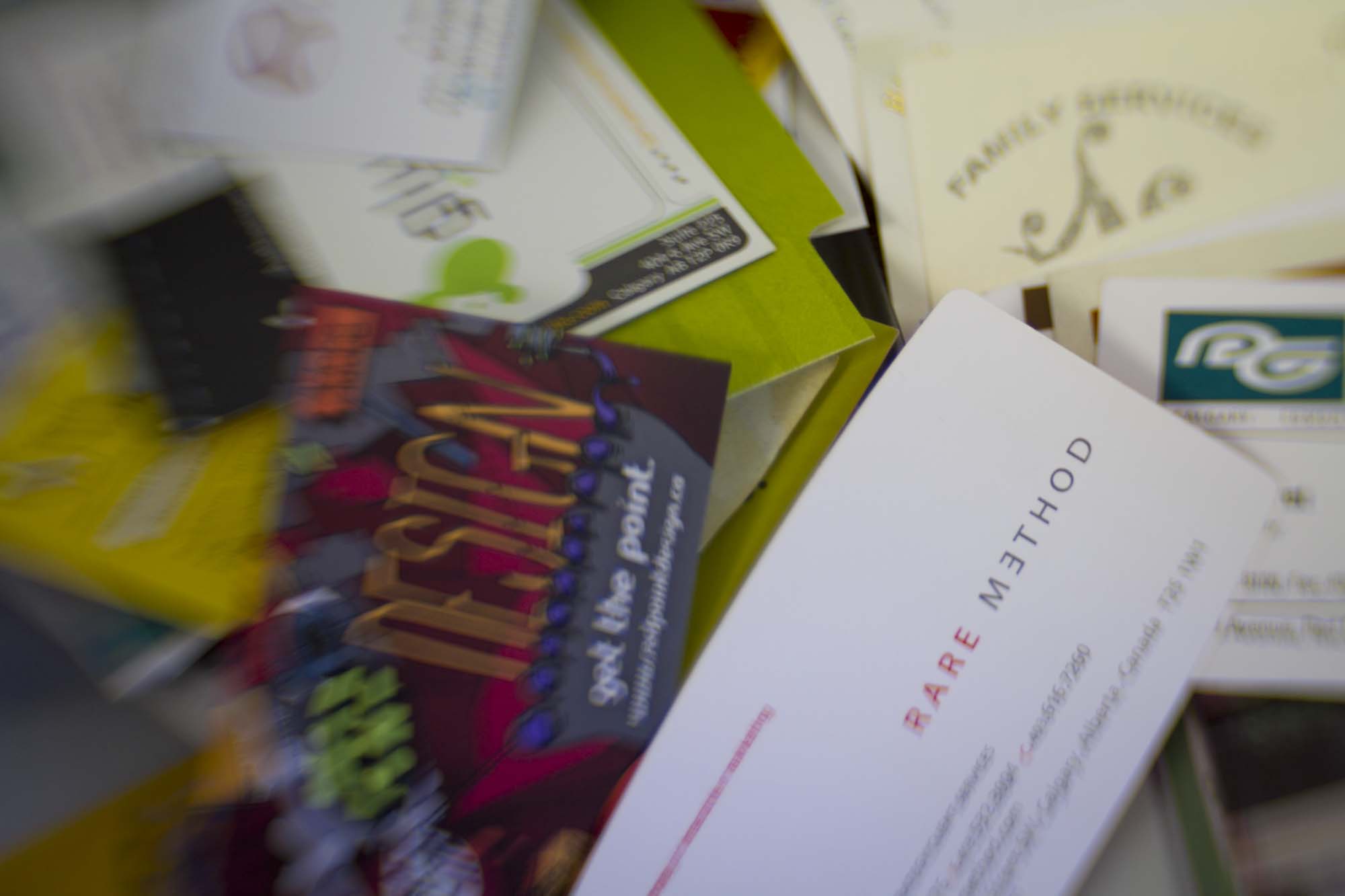
Business cards offer a unique opportunity to showcase your personal brand. The design, colors, and texture of your card can reflect your industry, style, and values. It’s essentially a miniaturized version of your business that you can carry with you wherever you go. Whether it’s a sleek and minimalist design or an attention-grabbing, creative layout, your business card can serve as a physical representation of your brand identity. In a world saturated with digital content, a well-designed business card can help you stand out and leave a lasting, memorable impression.
Quick and Convenient Information Exchange
Despite the digital age we live in, networking events, conferences, and business meetings still provide valuable opportunities to connect with potential clients, collaborators, and employers. While exchanging phone numbers or email addresses digitally is convenient, it often requires navigating through various applications or menus. On the other hand, exchanging business cards enables a quick and seamless information exchange. With just a quick handover, you ensure that your contact details are easily accessible to the recipient, even if they don’t have a smartphone at hand or are not connected to the internet.
The Art of the Follow-Up

Once you’ve made a connection and received a business card, you have an invaluable asset for follow-ups. Having a physical reminder in your possession allows you to easily recall who you spoke with and the context of your conversation. When sending a follow-up email or reaching out on LinkedIn, you can refer to the business card as a touchpoint to jog the recipient’s memory. This personal touch demonstrates your attention to detail and can help revive and reinforce the connection you made in person.
A Bridge Between Digital and Physical Worlds
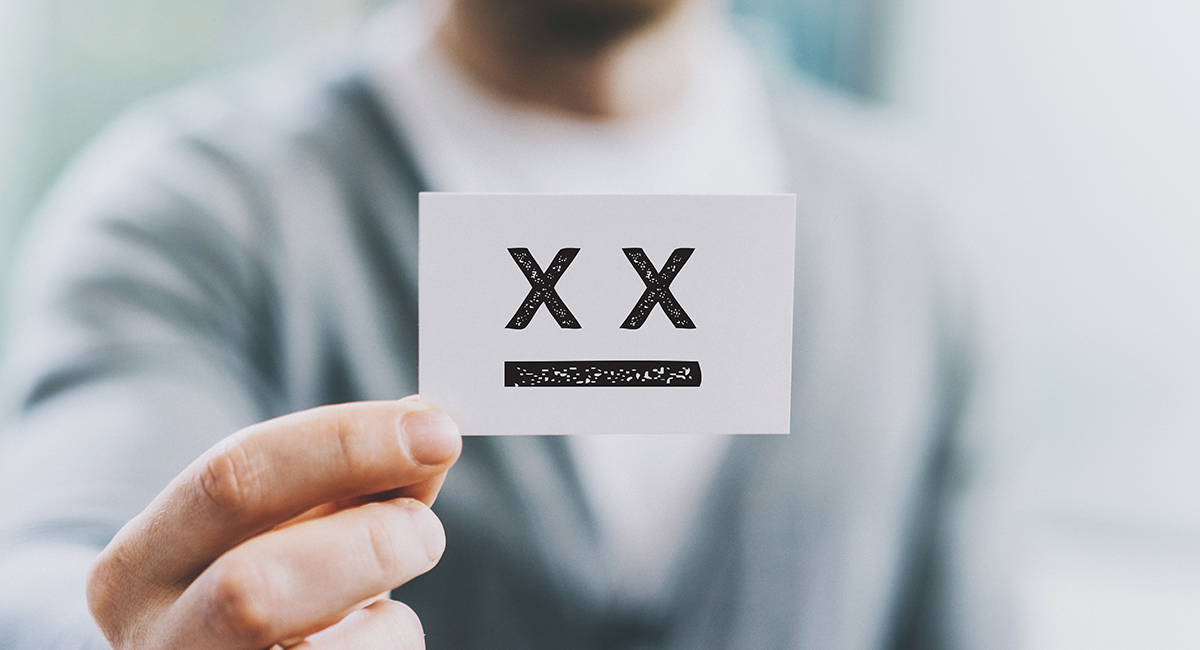
While it’s true that we live in a digital age, with the majority of our daily communication happening through screens, human beings still value physical interactions. The exchange of business cards offers a bridge between our virtual existence and the physical world. It allows us to move beyond the confines of a screen and engage in real, face-to-face interactions. By integrating traditional methods like business cards with digital tools, we can create a more holistic and well-rounded networking experience.
The Rise of Virtual Business Cards
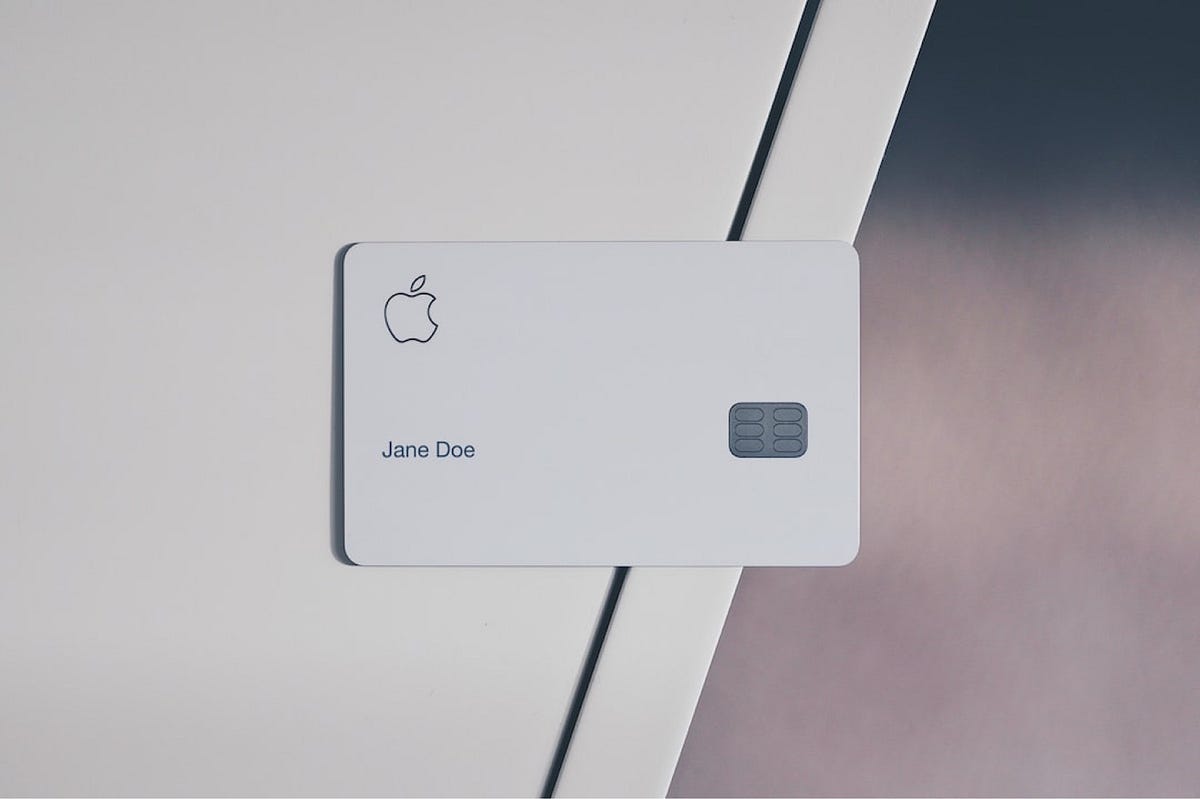
As technology continues to evolve, so too does the concept of business cards. Virtual business cards have emerged as a modern alternative to their physical counterparts. These digital representations of your professional identity offer convenience and flexibility in sharing and managing contact information. Virtual business card apps and platforms allow you to create personalized profiles that include all your relevant details and links to your social media accounts. With a simple scan or tap, you can effortlessly share your virtual business card with others, eliminating the need for printed cards and increasing accessibility to your information.
The Importance of Adaptation
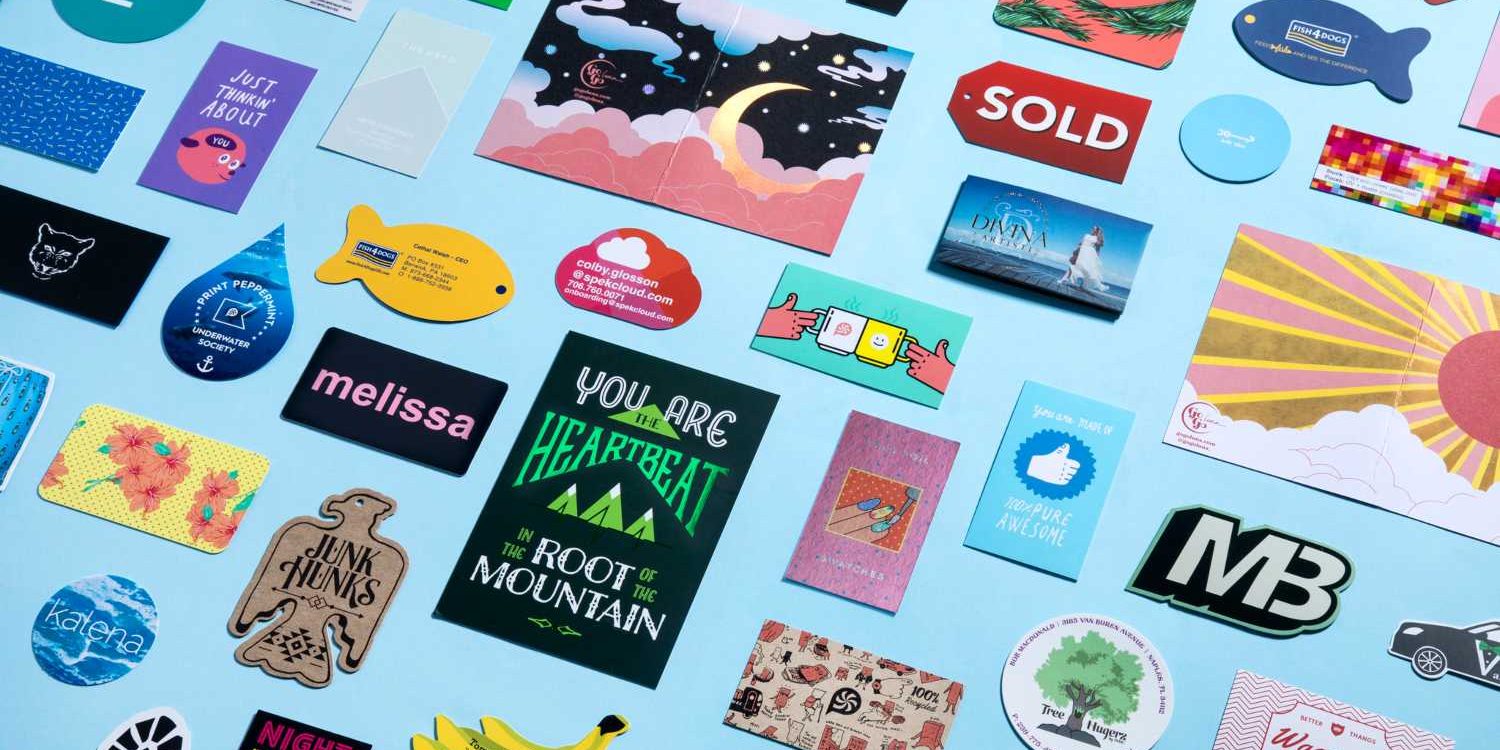
While it’s clear that business cards still hold value in today’s business world, it’s important to recognize the need to adapt and evolve alongside emerging technologies and changing social norms. As the digital landscape continues to expand, it’s crucial to complement traditional methods with digital strategies. For example, you can include QR codes on your business cards that link directly to your online portfolio or website, giving recipients the option to engage with your digital presence.
Conclusion
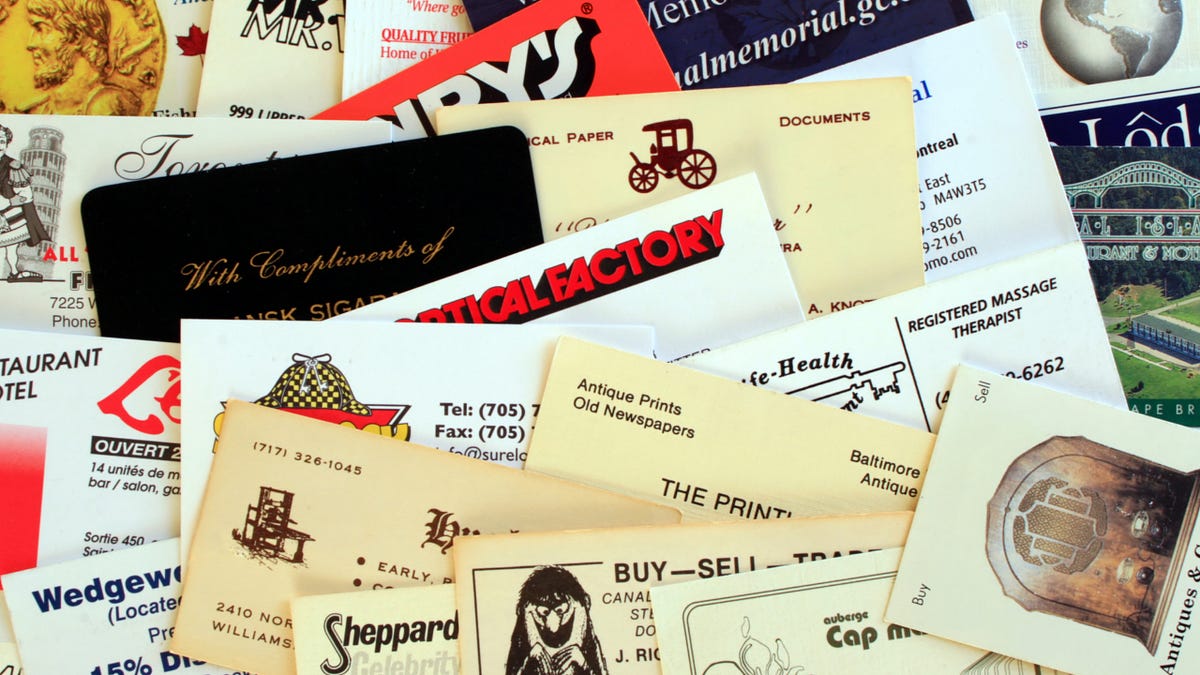
So, are business cards dead? Not quite. While the world has become increasingly digitized, the tangible nature of a business card still offers unique advantages. Business cards provide a personal touch, facilitate quick information exchange, and serve as a branding opportunity. They bridge the gap between the digital and physical worlds, and when used alongside virtual business card alternatives, they can effectively enhance your networking efforts. As technology continues to advance, it’s important to adapt your strategies and embrace the best of both worlds to stay ahead in today’s ever-changing business landscape.
Olivia Reynolds, a marketing maven, is passionate about the impact of graphic design on brand success. Her love for outdoor adventures and travel fuels her fresh perspective on the importance of visual aesthetics in business cards and branding.